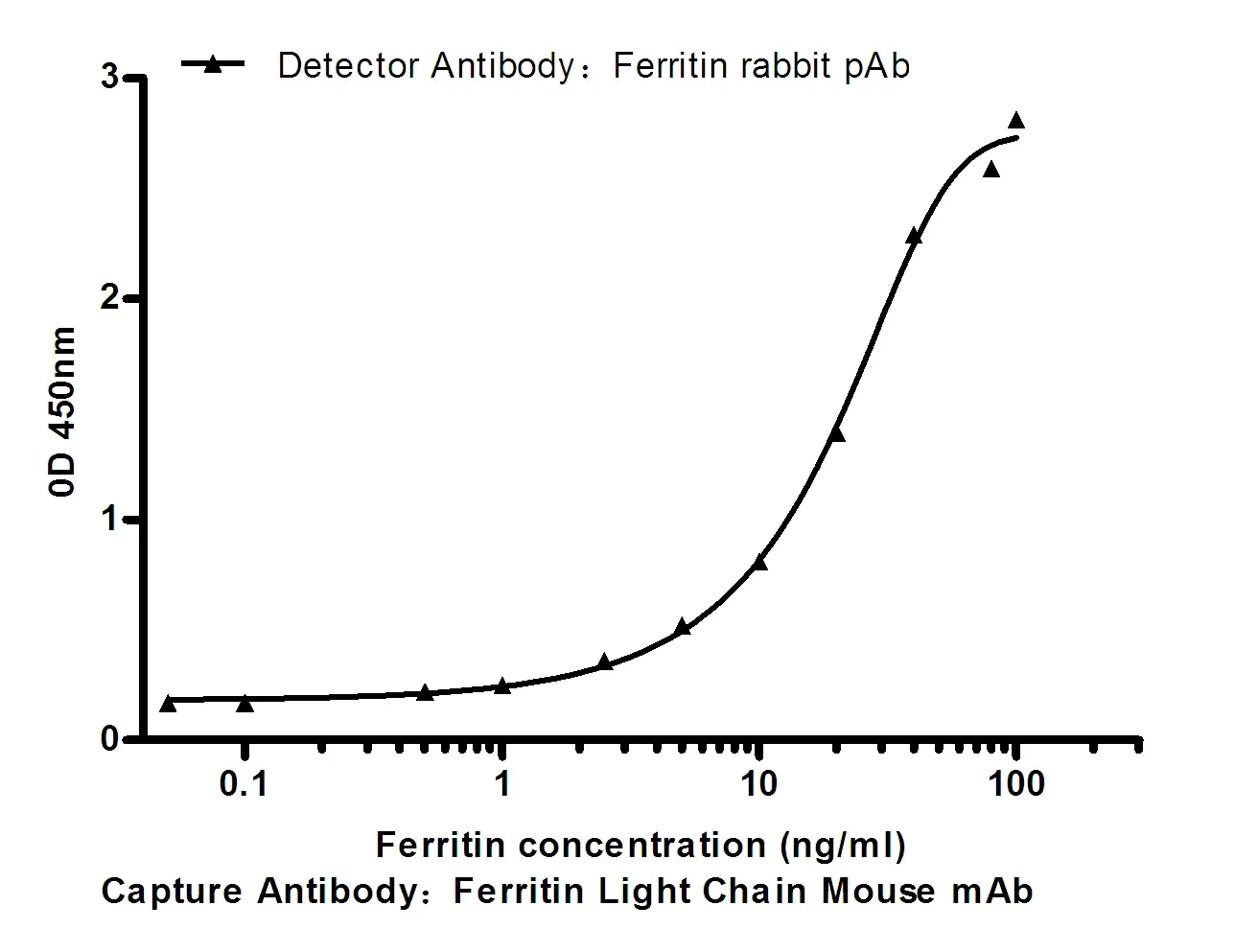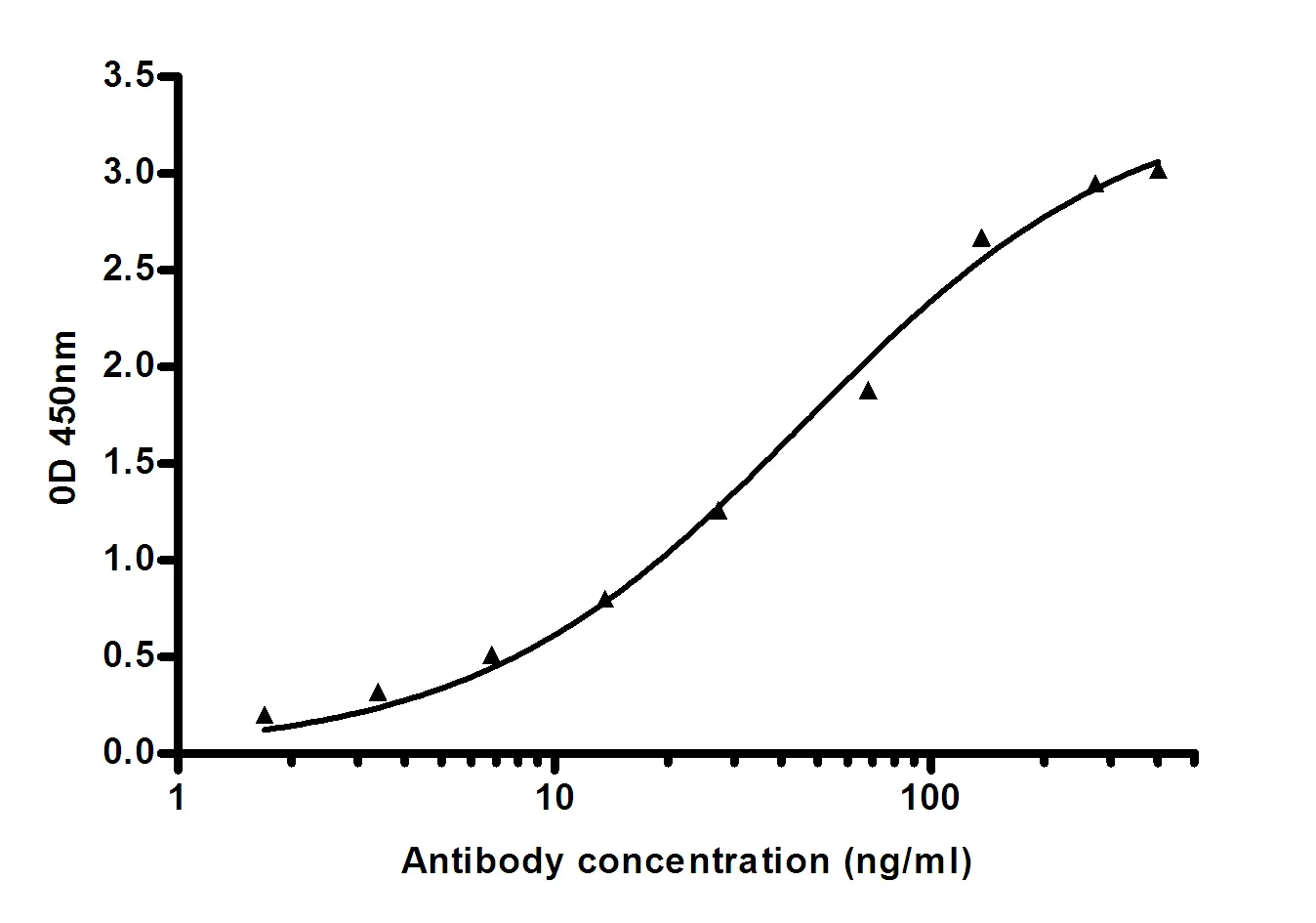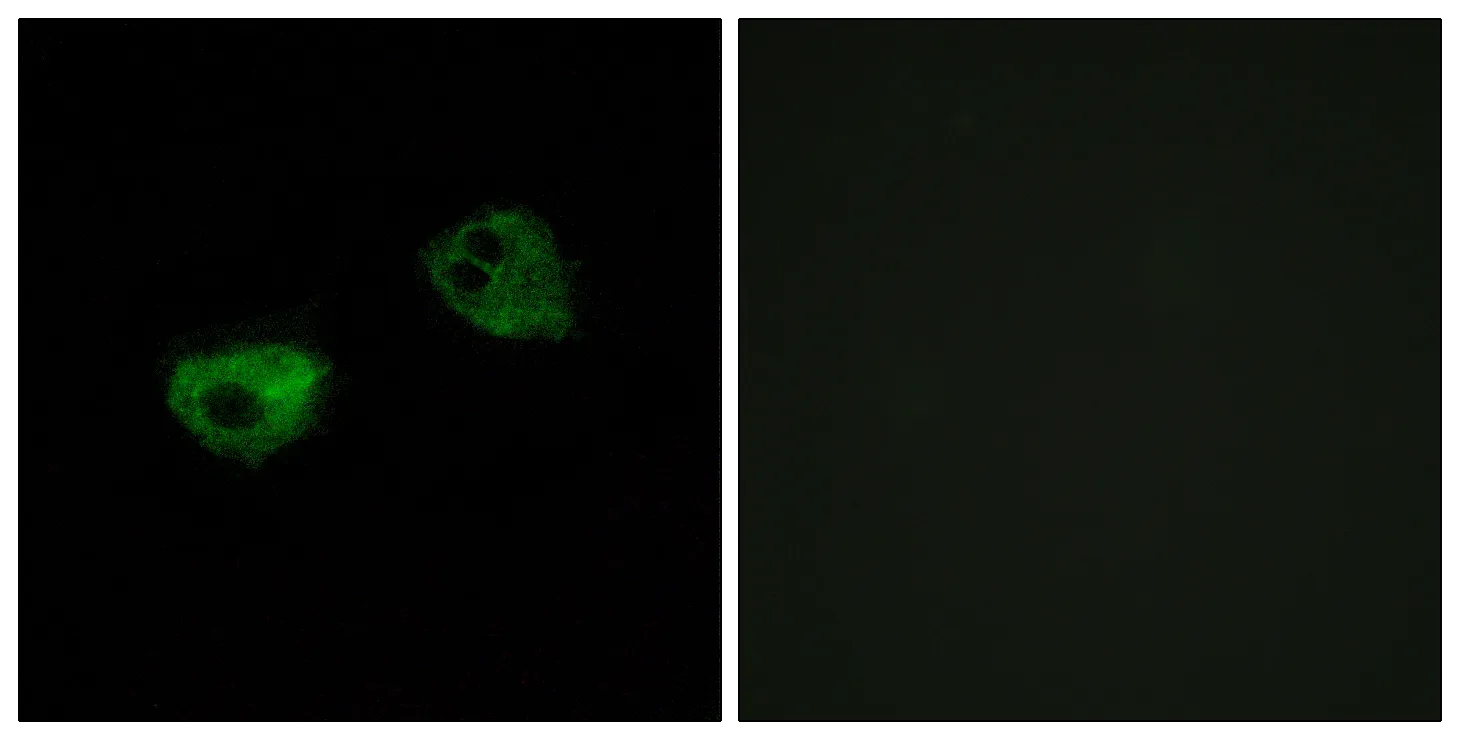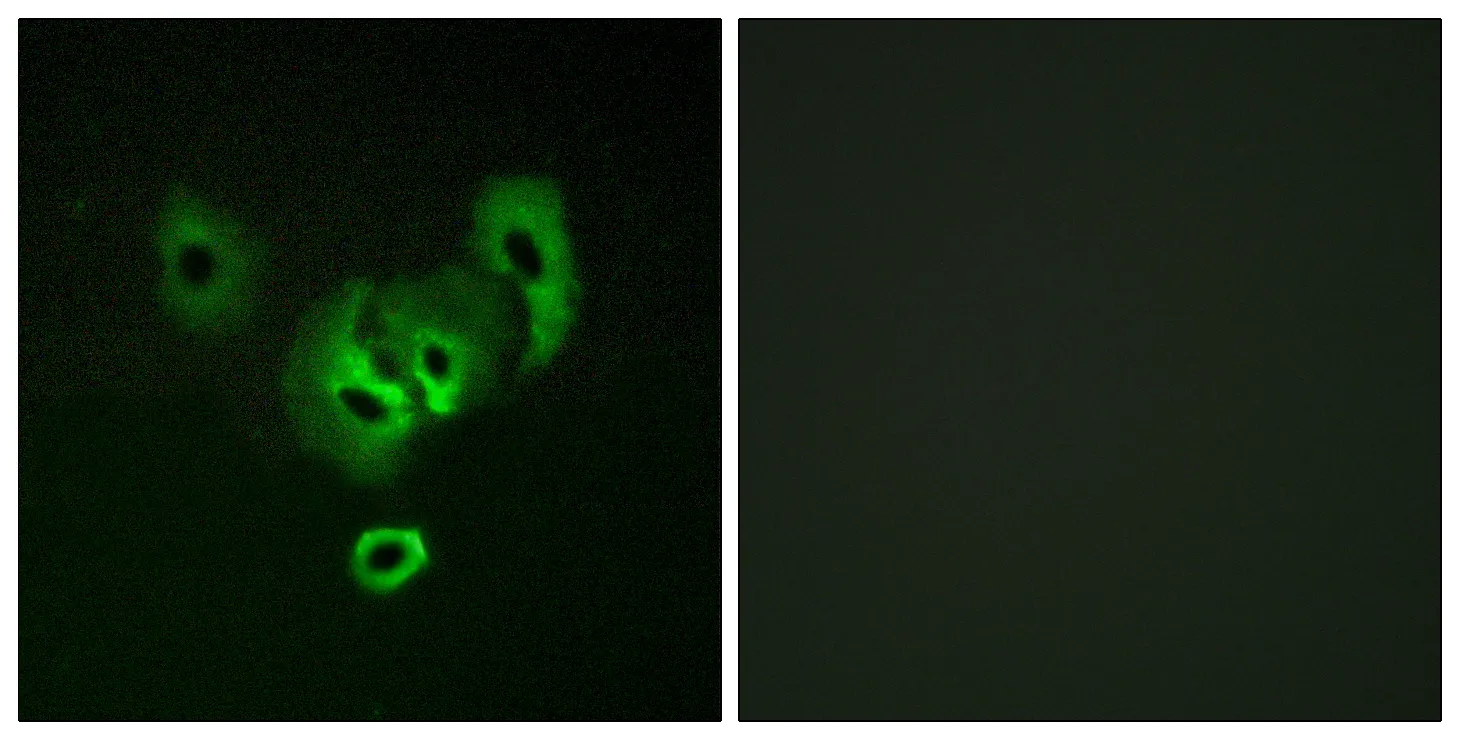Summary
Performance
Immunogen
Application
Background
This gene encodes a glycoprotein expressed on the surface of NK cells, platelets, monocytes and a subset of T cells. It is a member of the Ig-superfamily containing 2 Ig-like domains of the V-set. The protein mediates cellular adhesion of platelets and megakaryocytic cells to vascular endothelial cells. The protein also plays a role in megakaryocytic cell maturation. Alternative splicing results in multiple transcript variants. [provided by RefSeq, Jan 2015],function:Receptor involved in intercellular adhesion, lymphocyte signaling, cytotoxicity and lymphokine secretion mediated by cytotoxic T-lymphocyte (CTL) and NK cell.,PTM:Phosphorylated.,similarity:Contains 2 Ig-like C2-type (immunoglobulin-like) domains.,subunit:Interacts with PVR and PVRL2.,tissue specificity:Expressed by peripheral blood T-lymphocytes.,
Research Area
Cell adhesion molecules (CAMs);




